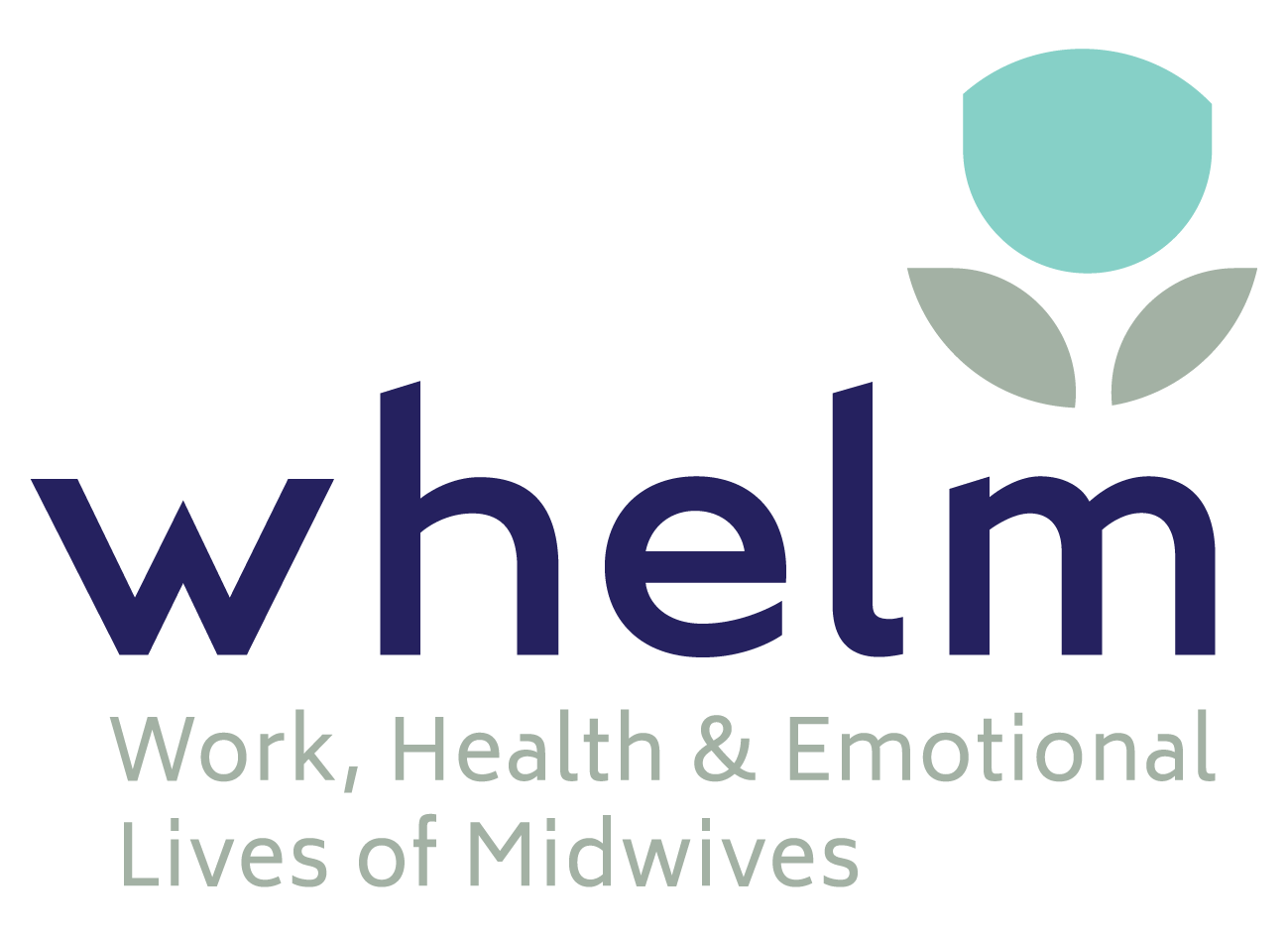Rising rates of induction and caesarean
In high-income countries, rates of induction of labour and caesarean section (CS) are rising at an alarming rate. In Australia, almost 1 in 2 women having their first baby will be induced (45%) (AIHW, 2020a) – while more than 1 in 3 will experience CS (37%) (AIHW, 2020b). While planned vaginal birth after caesarean (VBAC) is a safe choice for most women, the rate of successful VBAC in Australia remains low (12%) (AIHW, 2020b). The recent Australian Atlas on Variation in Healthcare reported that about half of CS performed at < 39 weeks’ gestation had no medical or obstetric indication for the surgical procedure (ACSQHC, 2021). The few studies on women’s experiences of decision-making about induction report women are not actively involved in the decision (Coates et al., 2021). The International Federation of Gynaecology and Obstetrics suggests that “properly informing” women about the risks and benefits of CS would effectively reduce CS (Visser et al., 2018).
Shared decision making
Shared decision making (SDM) is a process where clinicians facilitate people to reach “evidence-informed and value-congruent” decisions about their healthcare (Grad et al., 2017, p.682). In other words, a semi-structured conversation that includes explanation of the problem, the risks and benefits of different options, the woman’s desires and circumstances, and the provider’s recommendations (Legare et al., 2018). SDM is particularly important when the difference between risks and benefits of available options is marginal (Grad et al., 2017); as is often the case for induction of labour and planned CS (Coates et al, 2021, Coates et al., 2020).
Shared decision making and caesarean section
Researchers wanted to find out what is known about SDM and planned CS. Specifically, Coates et al. (2020) were interested in:
- what women need to make informed decisions;
- what women know about the risks and benefits of CS;
- what interventions works to facilitate informed decision-making; and
- what clinicians think about SDM.
The authors used key terms and a list of criteria to systematically search the literature. They included studies in their review that addressed the research aims and were either quantitative research (measurements and statistics) or qualitative research (participant accounts and experiences). The researchers then used an assessment tool to rate the quality of the studies included in the review.
Key findings
Coates et al. (2020) review included 34 studies. Most studies were about women’s experiences of decision-making (22 studies), many were about where women source information to make decisions (11 studies), some were about women’s knowledge of the risks and benefits of CS (7 studies) or interventions to assist women with decision-making (7 studies), and 6 studies were about clinicians’ perceptions of SDM.
There were two main findings from this review. First, women reported limited SDM in relation to CS, and many did not have the information required to make informed decisions (Coates et al., 2020). Second, while clinicians tended to agree with SDM they acknowledged it rarely occurs in practice (Coates et al., 2020).
Shared decision making and induction
The key findings about limited SDM when planning CS, are echoed in Coates et al. (2021) latest article about induction of labour. Here the researchers analysed women’s accounts (collected through telephone interviews). The findings were summarised as:
- women told they needed an induction rather than being offered a choice;
- women had little information and limited/no discussion about pros and cons;
- women perceived they got conflicting information; and
- women were not prepared for the process of induction.
Implementing shared decision making
Whether the decision is about CS or induction, most women want information so they can weigh up the pros and cons of available options before they make a decision. Many maternity care providers have not received training in SDM, or the high-level communication skills that underpin it (Coates & Clerke, 2020). Therefore, maternity services could provide obstetricians and midwives training in SDM so they have the skills required to help women make informed decisions.
Decision aids in pregnancy increase women’s knowledge and reduce decision-making conflict and anxiety (Vlemmix et al., 2013). Coates et al. (2021) support the development and testing of decision aids for induction because there are currently no high-quality decision aids available. Interestingly, advances in artificial intelligence, machine learning and risk prediction analytics have opened up the opportunity to use this data to predict the likely short- and long-term outcomes of decision-making. In maternity care, such approaches have been used to predict hypertensive disorders (Betts et al., 2019), stillbirth (Koivu et al., 2020), and preterm birth (Moreira et al., 2018). But to date none have been incorporated into a decision aid to help women make evidence-informed decisions.
Highlighted research
Coates, D., Thirukumar, P., Henry, A. (2021). The experiences of shared decision-making of women who had an induction of labour. Patient Education and Counseling, 104(3), 489-495.
Coates, D., Thirukumar, P., Henry, A. (2020). Making shared decisions in relation to planned caesarean sections: What are we up to? Patient Education and Counseling, 103(6), 1176-1190.
References
Australian Institute of Health and Welfare. (1993). Caesarean births in Australia, 1985-1990. Canberra: AIHW.
Australian Institute of Health and Welfare (2020a). National Core Maternity Indicators 2018: summary report. Canberra: AIHW.
Australian Institute of Health and Welfare. (2020b) Australia’s Mothers and Babies 2018 – In Brief. Canberra: AIHW.
Australian Commission on Safety and Quality in Health Care, Australian Institute of Health and Welfare. The Fourth Australian Atlas of Healthcare Variation. Sydney: ACSQHC; 2021.
Betts K, Kisely S, Alati R. (2019). Predicting common maternal postpartum complications: leveraging health administrative data and machine learning. BJOG, 126, 702-709.
Coates D., & Clerke T. (2020). Training interventions to equip healthcare professionals with shared decision-making skills: a systematic scoping review. Journal of Continuing Education for Health Professionals, 40, 100-119.
Grad et al. (2017). Shared decision making in preventive health care: What it is, what it is not. Canadian Family Physician, 63(9), 682-684.
Koivu A, Sairanen M. (2020). Health information science and systems, 8, 1-12.
Legare, F, et al. (2018). Interventions for increasing the use of shared decision making by healthcare professionals. Cochrane Database of Systematic Reviews, 7. Cd006732
Moreira M, Rodrigues J, Marcondes G, Neto A, Kumar N, Diez I. (2018). A preterm birth risk prediction system for mobile health applications based on the support vector machine algorithm. International Conference on Communications (ICC), IEEE, 1-5.
Vlemmix, F, Warendorf, J, Rosman, A, Kok, M, Mol, B, Morris, J, Nassar, N. (2013). Aids to improve informed decision-making in pregnancy care: a systematic review. BJOG, 120, 257– 266
Visser GHA, Ayres-de-Campos D, Barnea ER, et al. (2018). FIGO position paper: how to stop the caesarean section epidemic. Lancet, 392(10155), 1286-7.








